Most often, perennial plants are trying to plant perennial plants, which every year will be able to delight with their flowering. One of these crops is a lack of autumn. The plant has many additional names, including colchicum, autumn, autumn color, collixum, untimely color. From the Latin name comes from the word "Kolkhida". So the region of the Black Sea region was called, in which this culture was widespread. As already mentioned, the autumn's unscrewing refers to many years of cultures. It grows in Europe, Mediterranean, Africa, as well as in Russia, where there is a moderate climate and suitable weather conditions. Learn more about the characteristics and on the rules of planting the plant, the autumn is lazy - further in the article.
Culture characteristics
Warmless - Popular culture in regions with temperate climates. Refers to rather dangerous, poisonous. Moreover, all parts of the plant are poisonous - those that are located above the ground and under it. The main characteristics of the plant are as follows:
- Refers to many years of herbaceous cultures with a very short growing season. Leafers are formed in April and die in June.
- Leaves are quite large and have an extended shape.
- The bulbs of the plant are collected in a long tube framed by a brown sheath. Near the base of the plant, the bulb has a string.
- The peak of the formation of the color of culture falls on the autumn period, thanks to which a non-lunist and got its name. There are also rare varieties of plants that bloom in spring.
- Culture flowers have the form of an oblong funnel. In diameter reaches 18-21 cm.
Many are wondering if it is worth growing a lack of lunch at its summer cottage, because he belongs to the group of poisonous plants. But, as you know, such cultures just have therapeutic properties, it is important only to correctly calculate the dosage when they are applied so that they bring benefits, and not harm. The current component in this plant is colchicine - alkaloid type substance.
The scope of application and therapeutic properties of a non-laminate are as follows:
- The active ingredient of colchicine is the basis of some drugs, which are called "Colchicin". This agent is used for amyloidosis and for the treatment of gout.
- This active substance is used during the selection and removal of new types of crops.
It is worth saying that, since this plant is poisonous, to be treated with its help independently, without consulting a doctor, is strictly prohibited.
Varieties of a non-freeman
The varieties of a non-laminate are divided depending on the time of their flowering on:
- Ossennetsnets.
- Springtails.
Spring-driving varieties:
- Warmless yellow (colchicumluteum). Commodified in Tibet and Pamir. Flowers with small flowers (in diameter up to 3.5 cm), having yellow. Leaflets in the plant of a given variety of dark color and oblong shape.
- Warmless Hungarian (Colchicumhungaricum). Common in the territory of Albania, Hungary. Flowers with small flowers of white or pink shade.
- Uncooked Ankar (ColchicumancyRense). Grows in the territory of Ukraine, Moldova. Flowers with flowers of pink shade.
- Relogel (Colchicumregelii). There are 3-6 sheets on the stem. Flowers in the plant of this variety are white with purple splashes.
OssennetsNerving varieties:
- Outnaire lantern (Colchicumautumnale). It grows in Europe, in Russia. It has oblong large leaves and flowers of white or lilac shade.
- Unfreamer great (colchicumspeciosum). Communicated in the territory of Transcaucasia, Turkey. He has leaves with wavy edges. Blooms flowers of lilac or pink color. The most popular subspecies: "Huxley", "Watelli", "Premier".
Reproduction of a non-freelancer
There are two methods of breeding culture:
- Vegetative. With the help of the branch of the bulbs.
- Generative. With the help of seeds.
Most often give preference to cultivation of culture in the first way, since after one year, new tubers can already begin flowering. You can buy the bulbs of the autumn-free square in any flower shop, or collect them on their own on the site from the colors that graduated from the flowering period. If the cultural reproduction technique is selected using seeds, then new flowers can be expected in this case only after 4 years. However, if only one new flower can be grown from the bulbs, then several plants ride with seeds. The reproduction using seeds is used for varieties of culture capable of blooming in the spring, and a vegetative way of reproduction is suitable for the autumn non-laminate flower. In order to improve the germination and quality of seeds available, you can go through the stratification procedure. Typically, this procedure is carried out for half a year after the collection of seeds.
Reproduction of a non-lunch with a bulb
Thanks to this procedure, you can admire the flowering of culture in winter. Casting is carried out in the following sequence:
- The largest and healthy plant bulb is selected, with a diameter of about 4 cm.
- The bulb is soaked for half an hour in a weak solution of manganese.
- After that, the tubers are placed in a dry place until its complete drying.
- Then transfer the clubnelukovitsa into a dark and cool place. There it is stored before landing (it is usually carried out 1 month before the intended flowering of culture).
- A plastic container for the landing of tubers is prepared. You can also use glass and ceramic containers.
- The soil is preparing for planting bulbs. Usually it includes fine-grained sand, color perlite or small gravel.
- Put the prepared soil in the container. Then put into it the clubnewukovitsa.
- Contain container in a warm and illuminated place. Periodically spend watering.
- When the first sprouts come out of the bulbs, the container is transferred to the place with direct access to sunlight.
For preservation in the winter period, containers with planted bulbs are cheered by snow, protecting it from freezing. A balcony or loggia is suitable as a storage room for the clubnellukovitsa.
Reproduction of a noncremist with seeds
The procedure for reproduction using seeds consists of several stages:
- Collect the landing material in June.
- Pre-prepared the soil for disembarkation - it should be necessarily fertile, have a loose structure. The bottom of the container is covered with coarse sand or small gravel, thereby providing drainage.
- Machine seeds in water and then evy them into the container. Sizza planting material on a small depth.
- Caring for planted seeds is timely watering.
- If there is no possibility to immediately plant the planting material in the container, then you can conduct a stratification procedure. For this, the seeds are placed in a cold place, and stored there for 5-6 months.
- The first sprouts will be processed only in the spring. Then they are transplanted into the soil on the beds.
Landing a non-freelancer
Most often the autumn planting of a non-freelancer is held. Sometimes the plant is planted in August.
How to choose the right area for planting culture:
- Groke, on which plant landing is planned, should be protected from drafts and a gust of wind.
- Sun rays should be good on the site.
- It is possible to plant a plant in both alkaline, and in an acidic soil.
- The ground on the site should be drained, as the culture does not like moisture stagnation.
- The lack of carrying can be planted next to other plants, such as peonies, juniper, etc.
Plant landing order:
- The soil fertilize the ground. Superphosphate mixtures are suitable for feeding, which contains wood ash.
- Pre-at the selected site are placed landing pits with a step of 20 cm.
- The prepared planting material is planted into the holes at a depth of 10-20 cm. Make sure that the rhizomes are immersed in the ground, and the sprouts remained outside.
- The soil fertility.
Care for a lack of lapping
The unscrewing refers to undemanding cultures, however, yet some rules of care for this plant should be observed:
- Like any other plant, a lack of lacking is needed. However, the moisture supply should not overdo it, as the culture does not like water stagnation. Watering in a timely manner in the period of bloom, especially in the hot season.
- The plant needs a timely feeding. It is enough to make fertilizers 3 times a season. Complete feeders are suitable, which contains nitrogen.
- The beds on which a lack of lunch is growing needed. Weed herbs and fallen leaves of culture should be deleted.
- Sometimes, the gardeners independently cut the yellowed leaves after the end of the flowering period of culture, however, it is not necessary to do, since it is necessary for transplanting the bulbs of the plant all vitality, even those in the yellowed shoots.
- In one section, a non-lunist can grow no more than 5-6 years, then the culture should be replant. Conduct a transplant in August-September. For this, the rhizomes of the plant neatly digging, cleaned from the ground and transplant to another area. The soil before landing should be pre-equipped.
Diseases and pests
Most often, the plant is susceptible to the harmful effects of the following diseases and pests:
- Snails, slugs. It is possible to secure the area from penetration on it with parasites using plastic gutters with water placed around the perimeter. They will become an obstacle for mollusks. In addition, between rows of flowers should be saturated with seashells, gravel, crushed eggshell.
- Gray rot. The disease that arises due to abundant watering and moisture stagnation on the site. Refers to fungal diseases. You can cope with it by processing plants by the drug "Champion" or "Knoksat".


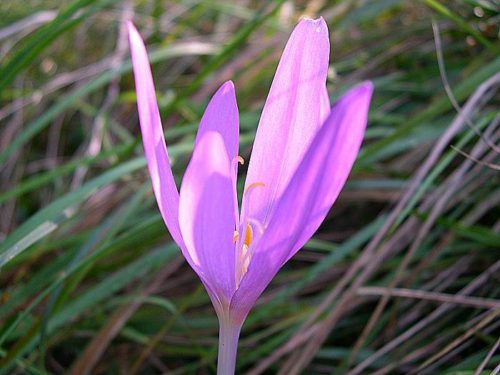
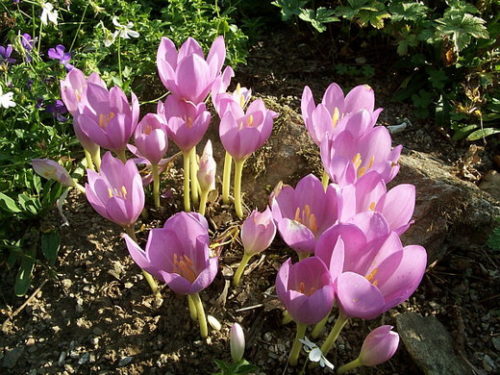
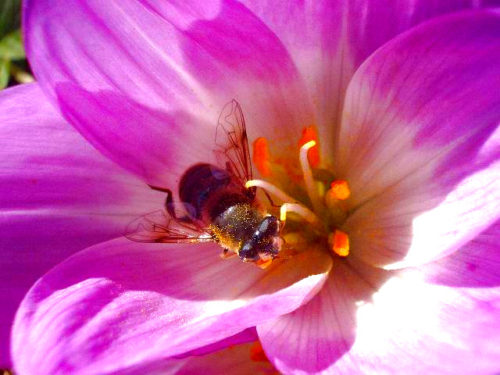
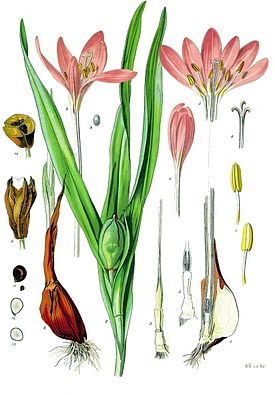
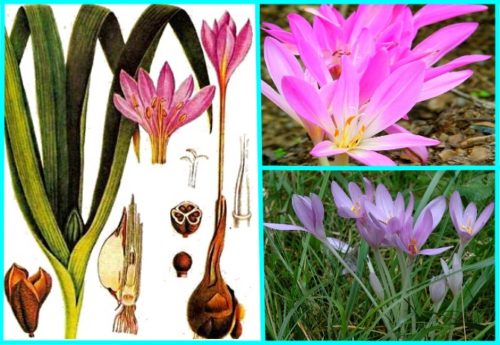

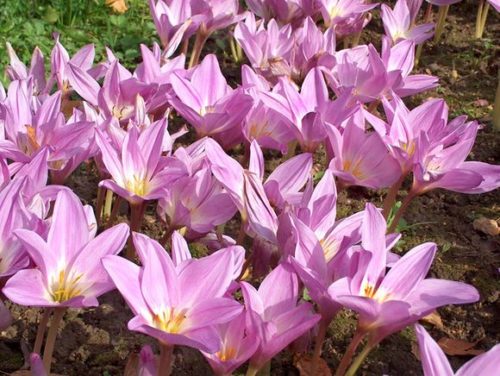
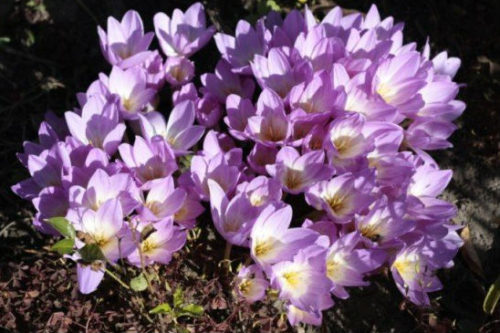

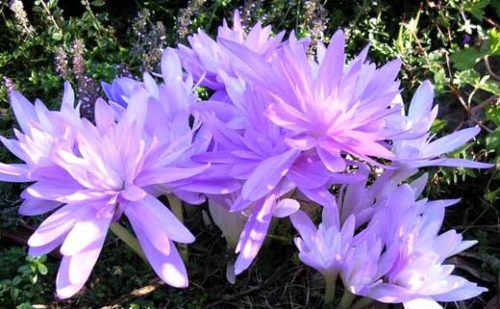
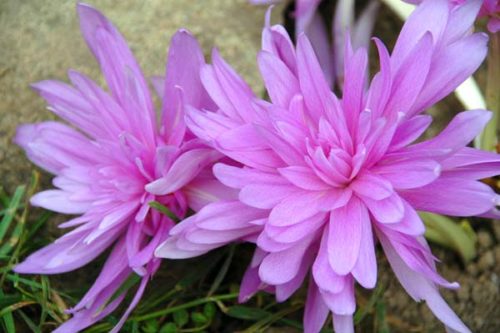

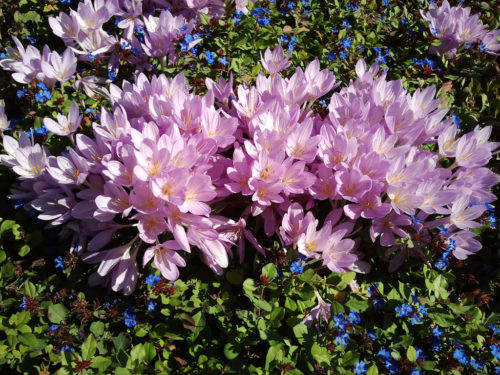












 Start a discussion ...
Start a discussion ...